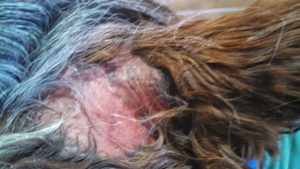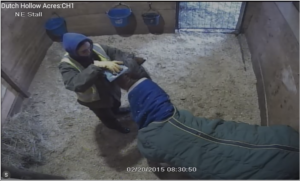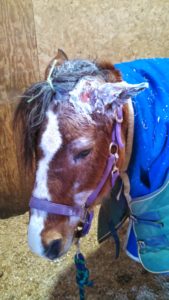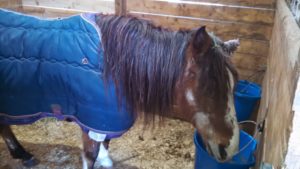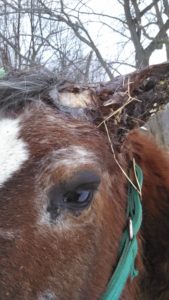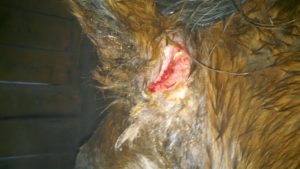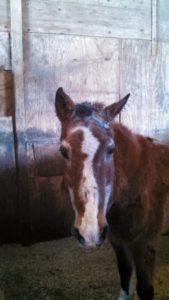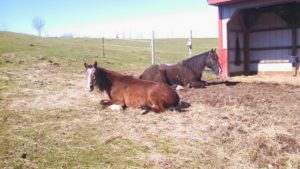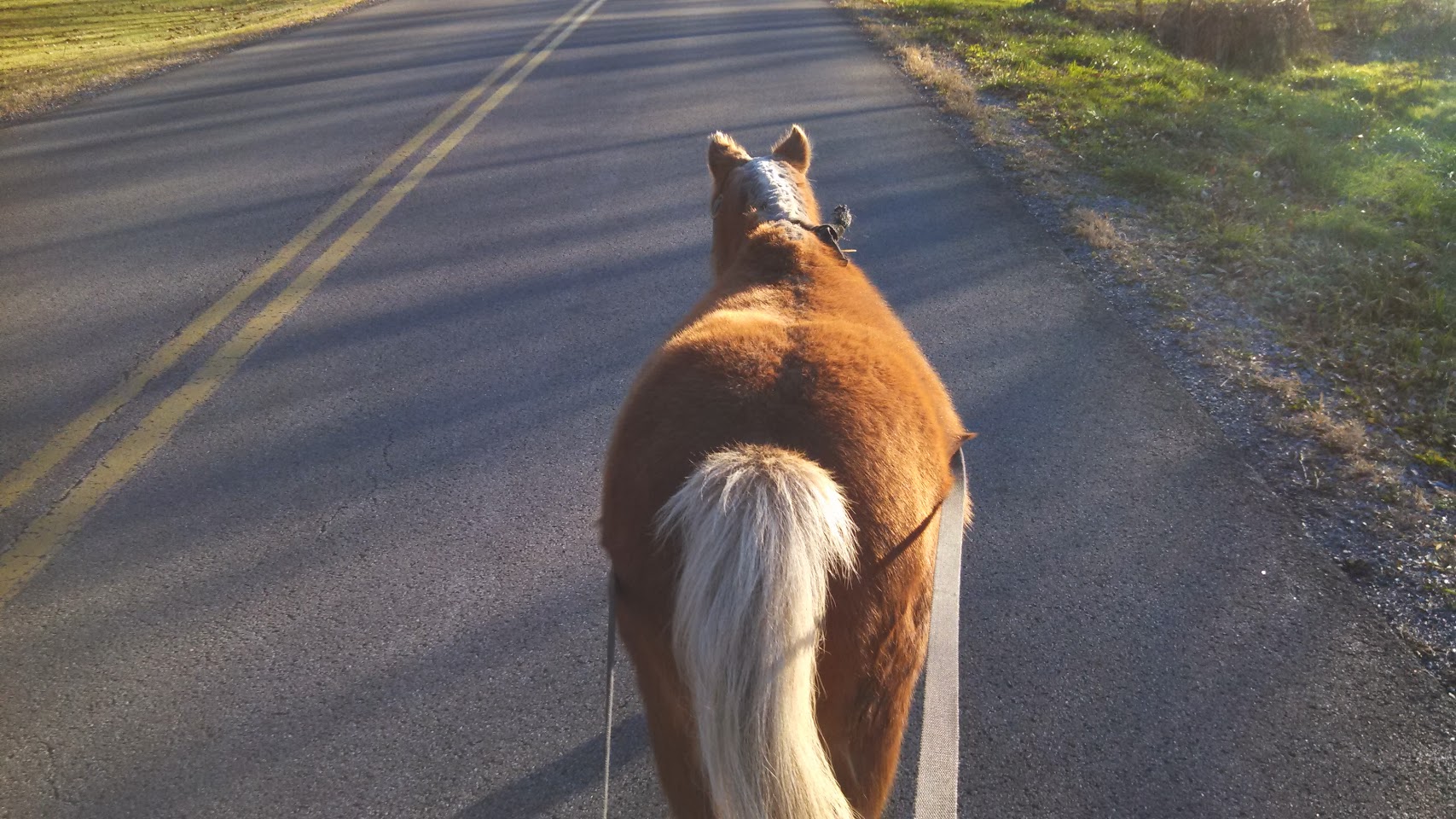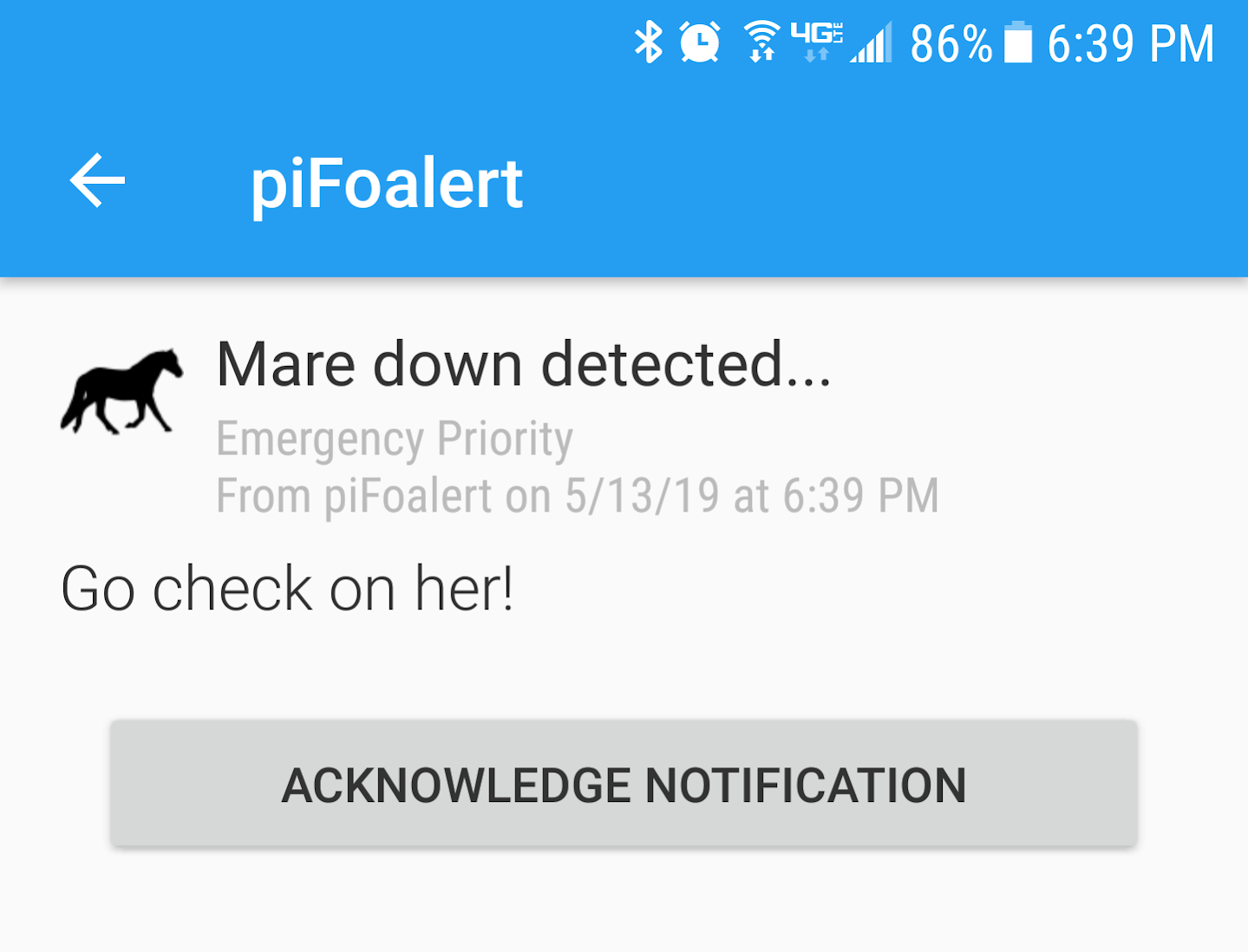I’ve literally put down “Geek Farmer” on applications because that’s pretty much what I call myself. By day I build fiber optic networks and to detox I have the farm. Or so I thought.
The whole point to owning the farm was to allow my inner Luddite to flourish. problem was, I really did like the conveniences of geeky things. 15 years into running this farm and we have quite the complex data network and other misc technologies to just make things slightly easier.
There’s your standard technology additives that people think about first. #1 on that list is your typical energizer. Sounds exciting but it’s that thing that goes tick tick tick, that makes the fence go zap zap zap.


Next up once you have a fence that works and you’ve suffered through a NY winter are heated buckets.

These are my personal favorites. Thick bucket and super warm water. I find these buckets serve 2 purposes. 1) Warm water for drinking 2) The water is warm enough that if you dunk a bit in them it warms up almost instantly so happy horse mouths!
Ok so those are the basics. But lets step it up quickly to things I’ve not not been able to live without. INTERNET. I hate to admit it but it’s true. Without internet in the barn the test of my fun toys wouldn’t be possible. I’ll write up a more in depth post on how to get this intangible gem in your barn but for now we’ll leave it as a MUST have.
Now that you have internets you can really start to nerd up. First thing is first, we need to see what’s going on! So I’ve played with several different cameras and here’s what I’ve put in recently. These are stand alone units, have their own SD card inside them, run off WiFi and easily connect to a phone app. Long story short, if you have power and wifi, you have a camera. No other wiring needed. Picture quality is pretty great and has built in DVR so you can rewind up to 18hrs and review and save to your phone too.


Cameras are great but you need something to watch them on right? Cell phone sure but chances are you’re talking to the vet and want to keep an eye on that colicing or foaling horse right? So This is where I may have gone a little over board. It all started with an iPad with a case/stand so I could put it on the counter and watch the camera.



Pretty slick right? Well that was until the hubby came home with 2 toys I didn’t realize I needed! A very sexy Samsung 65″ TV and AppleTV. I tipped my nose up in the air over the AppleTV part, we already had the Amazon Firestick so I didn’t see the point. Boy was I wrong! You see I recently switched from being an Android phone user to an iPhone 11 and turns out when you have all things Apple things get pretty awesome. With the flick of a button I can now stream my barn cameras up onto 65″ of 4K TV. *grunt*grunt*yeah baby! I can now force all parties in the house to watch something emerge from the vagina of another animal in giant detail.
At this point you are probably thinking, “how could it get any better than that?” Well my friend, if you’re on foal watch even with cameras and TV streaming to every screen in your house chances are you’re going to fall asleep at some point. When you do, guess who is going into labor. You guessed it. that Dang mare who was miss piggy for dinner and showing no signs of labor. So now what? Well, you could engineer a birth alarm out of RaspberryPi and your stellar knowledge of computer programming. Or, there is this awesome guy who did all the engineering for you! It’s called EquiFone. I recommend this one, I’ve used it myself. Works off a cell phone sim card and will text you when the mare lies down.
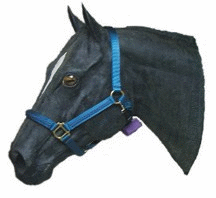
Tada! You are now set up with enough “geek” to birth your mare at home. Fencing, warm water, internet, cameras, TVs, iPhones, Birth alarms. Seriously it’s easy as RaspberryPi. Yeah well, when your day job is need and you want to be a Luddite in the worst way but fail. This, is what your farm has turned into. Until next time.

